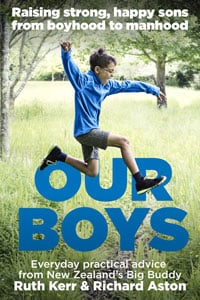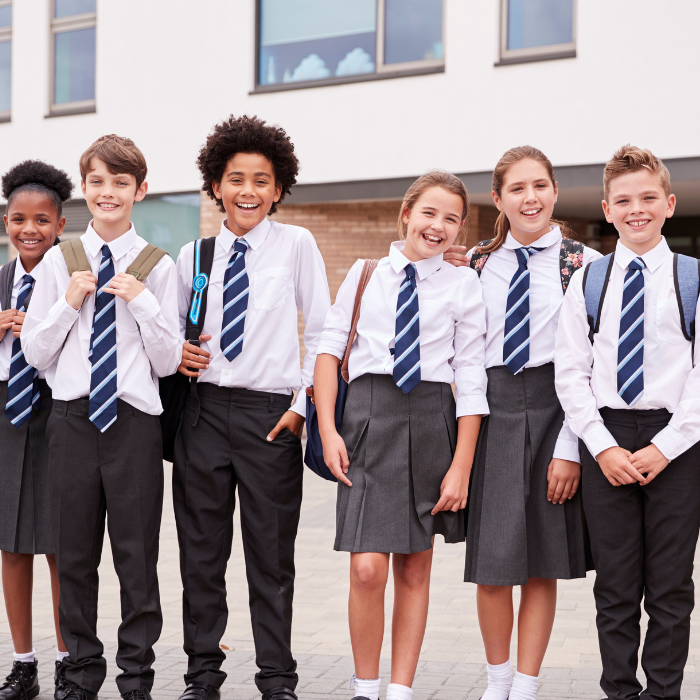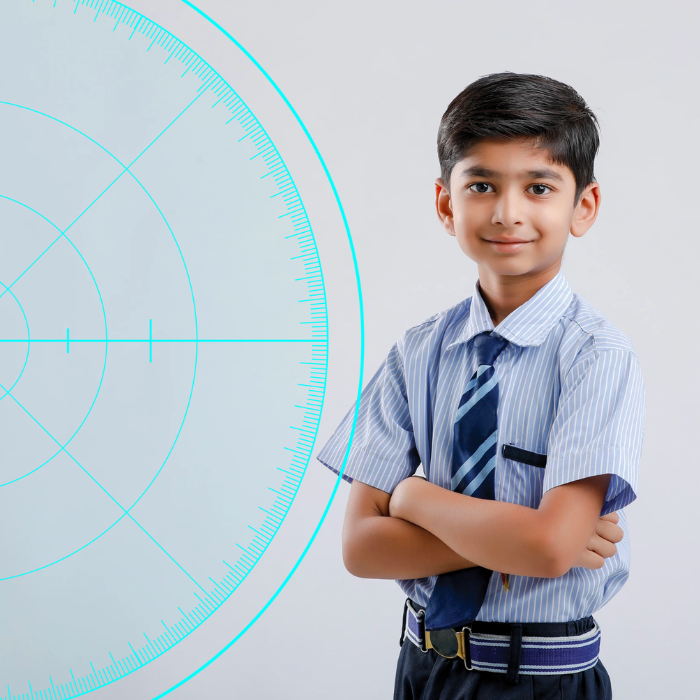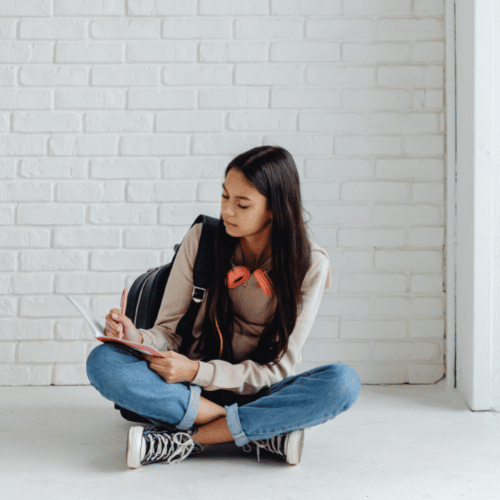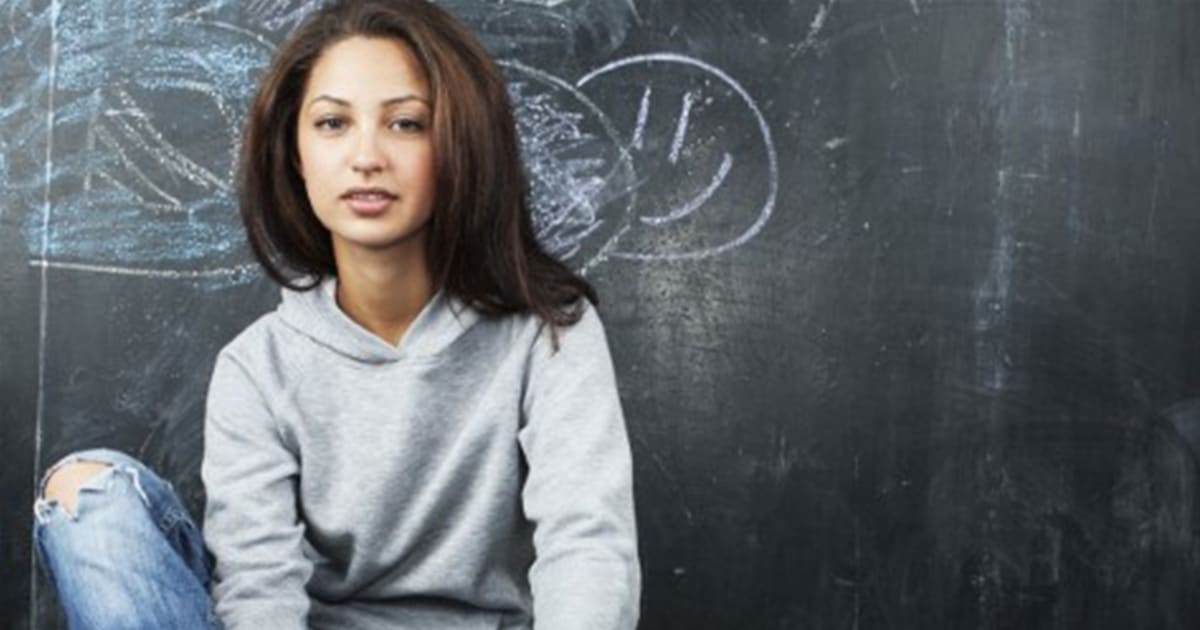
Choosing the best-fit high school for your adolescent matters. They’ll spend approximately six hours a day with teachers and peers who will have a profound influence on their lives.
There’s a lot to weigh up. What is the culture of the school? How do they deal with bullying? Drugs and alcohol? How does it rate academically? Is it strong on sports and/or the arts? Is it secular or religious? Big questions. And all needing to be considered right as you brace yourselves for the hormone tsunami and identity crisis that is coming your way!
What’s in your favour is that by now you know quite a lot about your particular child. You know from daycare, primary/junior, and intermediate/middle school experiences what environments they flourish in. You know what their learning style is and their academic needs; what they are passionate about. You know a bit about their socialisation. You’ll have some ideas about whether they function best in single sex or co-educational, rule-based or liberal, self-directed learning or more structured, boarding or day pupil, traditional or alternative-philosophy schools.
Remember, it’s not about you projecting your personality or ambitions onto your child – it’s about being really honest with yourselves about who they are and what they need.
One place to start when choosing a high school is to think about what the purpose of education is: Do you want your child’s education focussed on learning for the sake of learning or focused on a career – or both? The reality is that your child will have a number of career changes over their working life, so it’s important he/she gains the skills they will need to survive and prosper in possibly divergent work environments.
Critically, the work world your child will eventually enter will not look anything like the work environment you went into or the current one. For instance, experts believe half of today’s jobs will be redundant by 2025. Automation will take over many of these functions.
So you need to think about where they can best acquire what are known as “C-skills” – transferable skills that include communication, critical reasoning, cultural awareness, creativity, curiosity, collaboration, cooperation, and caring. Skills that can take them anywhere.
If we had to name a top consideration, it would probably be safety from bullying. Of the over 700 men we have interviewed as part of the Big Buddy screening process, so many have named bullying as the single biggest negative influence on their high school years, it cannot and should not be ignored. Bullying leaves lifetime scars and how schools handle it matters. Basically, we learn well when we feel safe – not when we are deep down in our primal brain trying to survive.
By Ruth Kerr and Richard Aston, parents to four adult children in a blended family. Ruth and Richard co-authored Our Boys – Raising strong, happy sons from boyhood to manhood based on their 15 years’ experience working at Big Buddy – a social agency that matches well-screened male mentors with fatherless boys.
